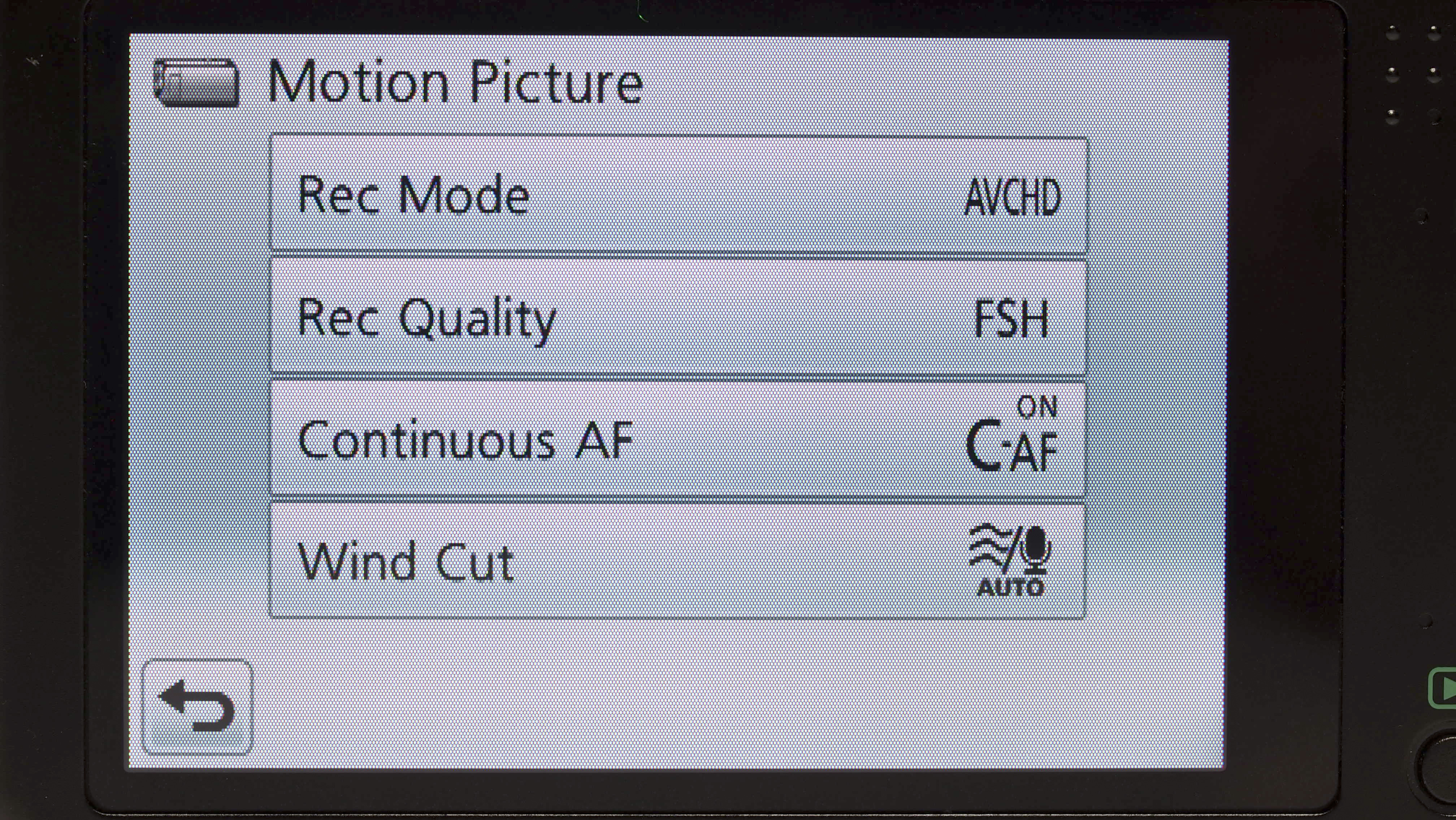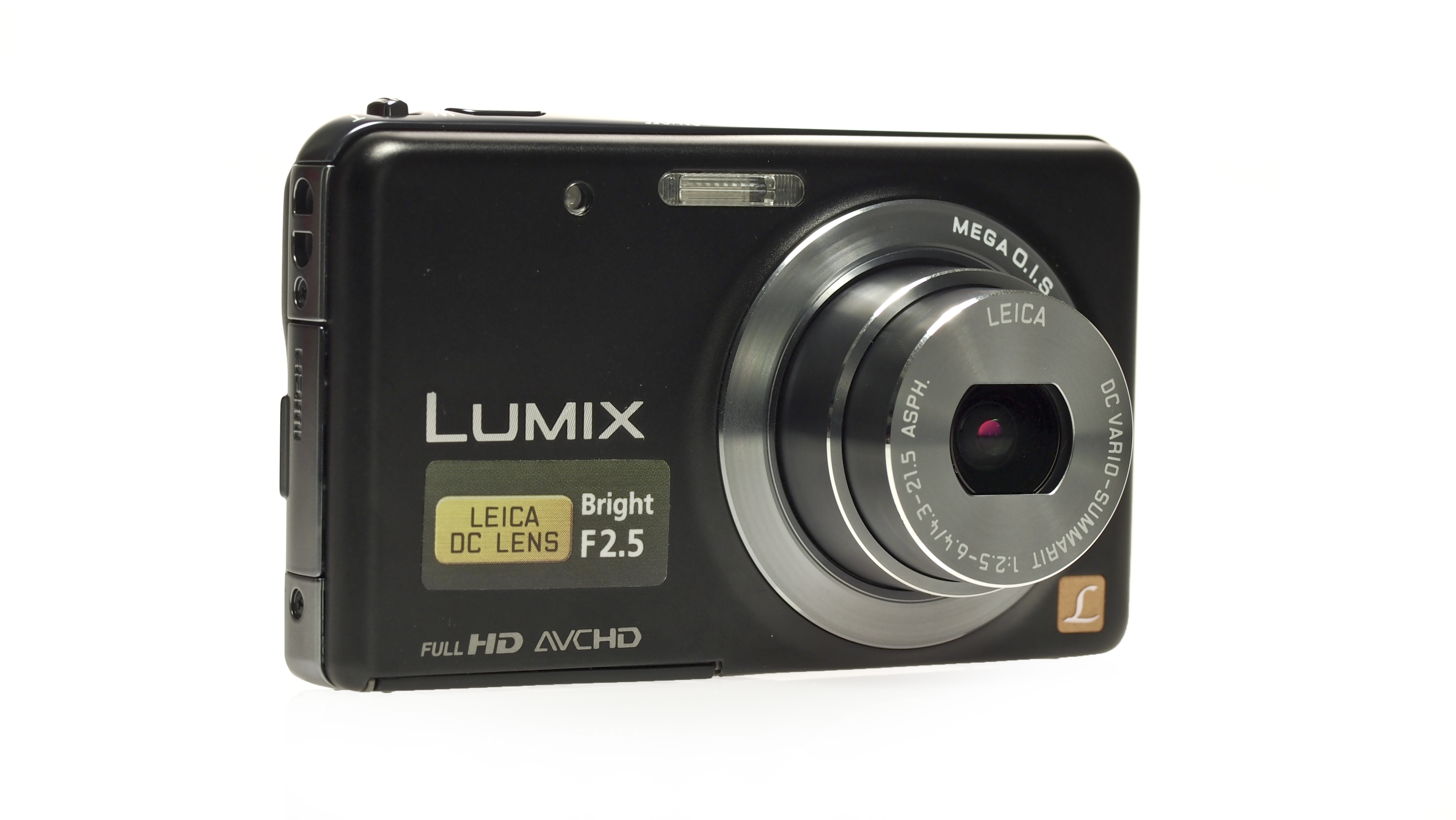Why you can trust TechRadar
The FX80 features Panasonic's well respected Intelligent Auto mode, which proves reliable, with mostly accurate exposures and effective focusing. However, it is occasionally tricked by bright skies, producing underexposed images.
This is compounded by the Panasonic Lumix FX80's slightly stunted dynamic range, which can sometimes result in blown highlights, even in overcast conditions, and underexposed shadows.
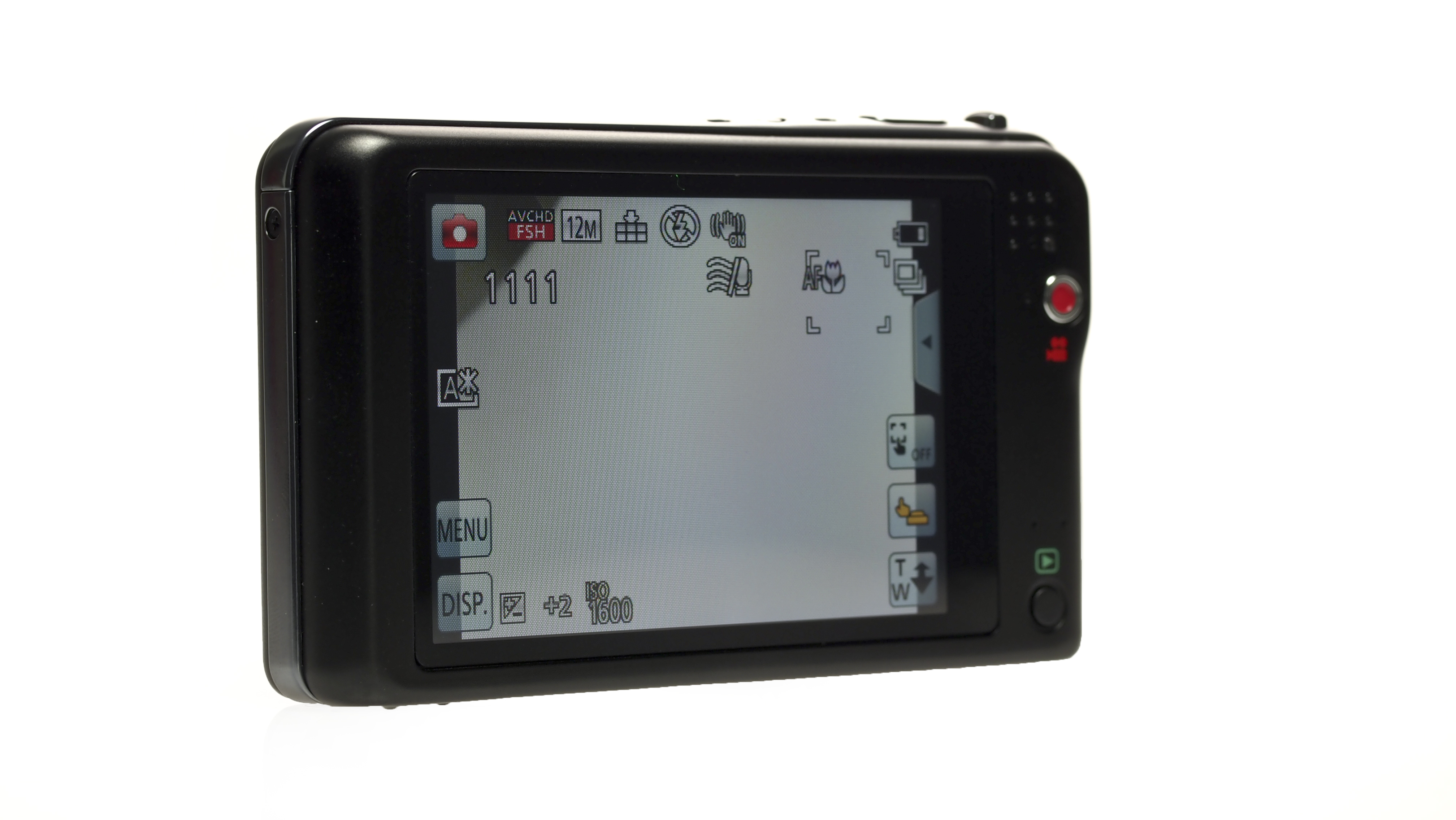
Image colour is lifelike overall but nicely saturated, although greens appear particularly vivid. Contrastingly, colours can become washed out in overcast conditions. Images on screen are also bright with zingy colours, but the screen is not hugely sharp, thanks to its low resolution.
The Panasonic Lumix FX80's white balance is mostly accurate too, although it has a tendency to produce warm colour casts on interior shots where the flash is used.
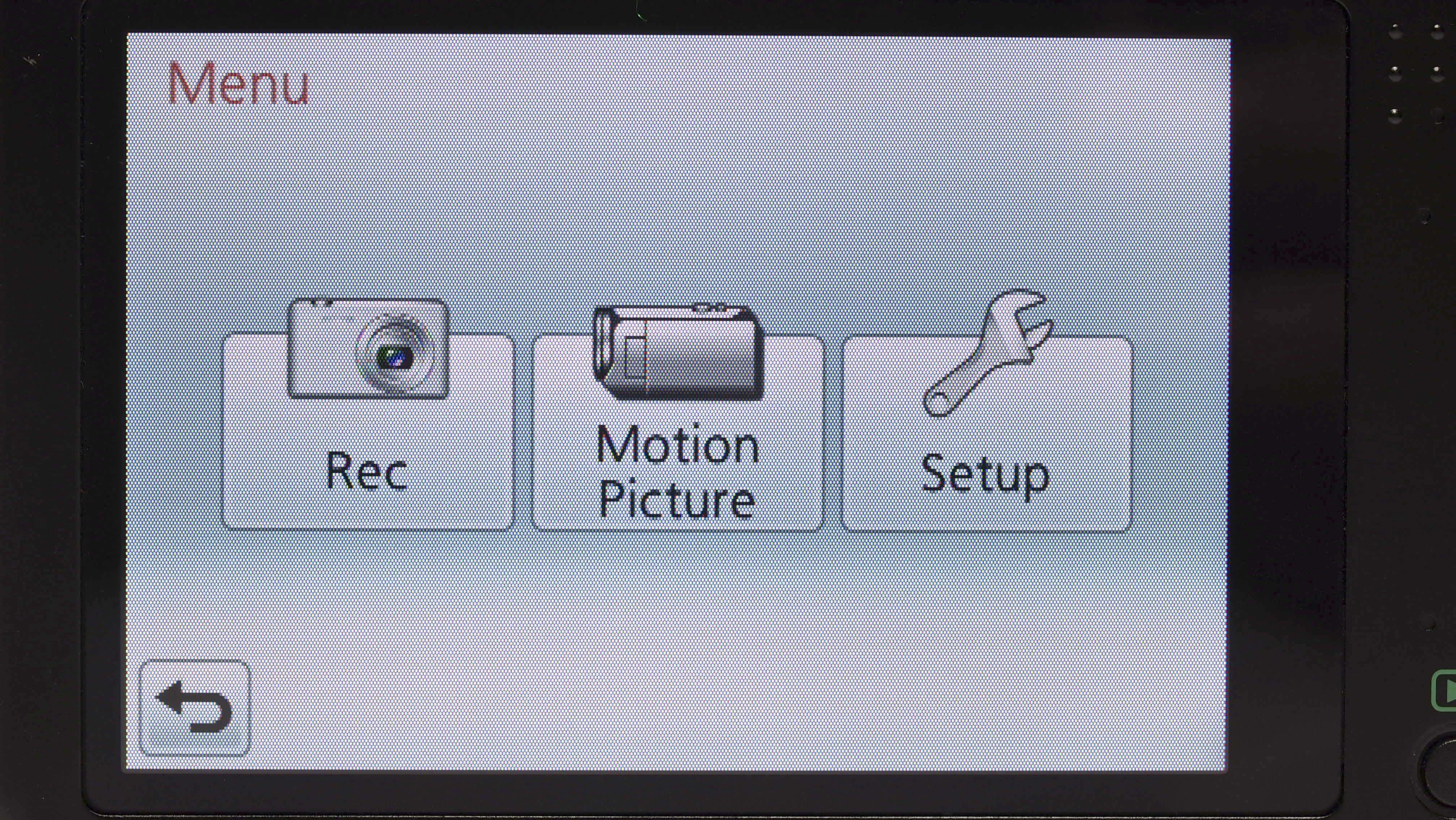
The Intelligent Macro focusing works reasonably well, though the camera doesn't focus particularly closely compared to many rivals, especially when zoomed in, and can be slow to focus.
The touchscreen autofocus and touch shutter are more effective, enabling you to choose exactly where you want the camera to focus. However, the touch shutter still fires the shutter even when the camera recognises the subject is too close, resulting in out of focus images.
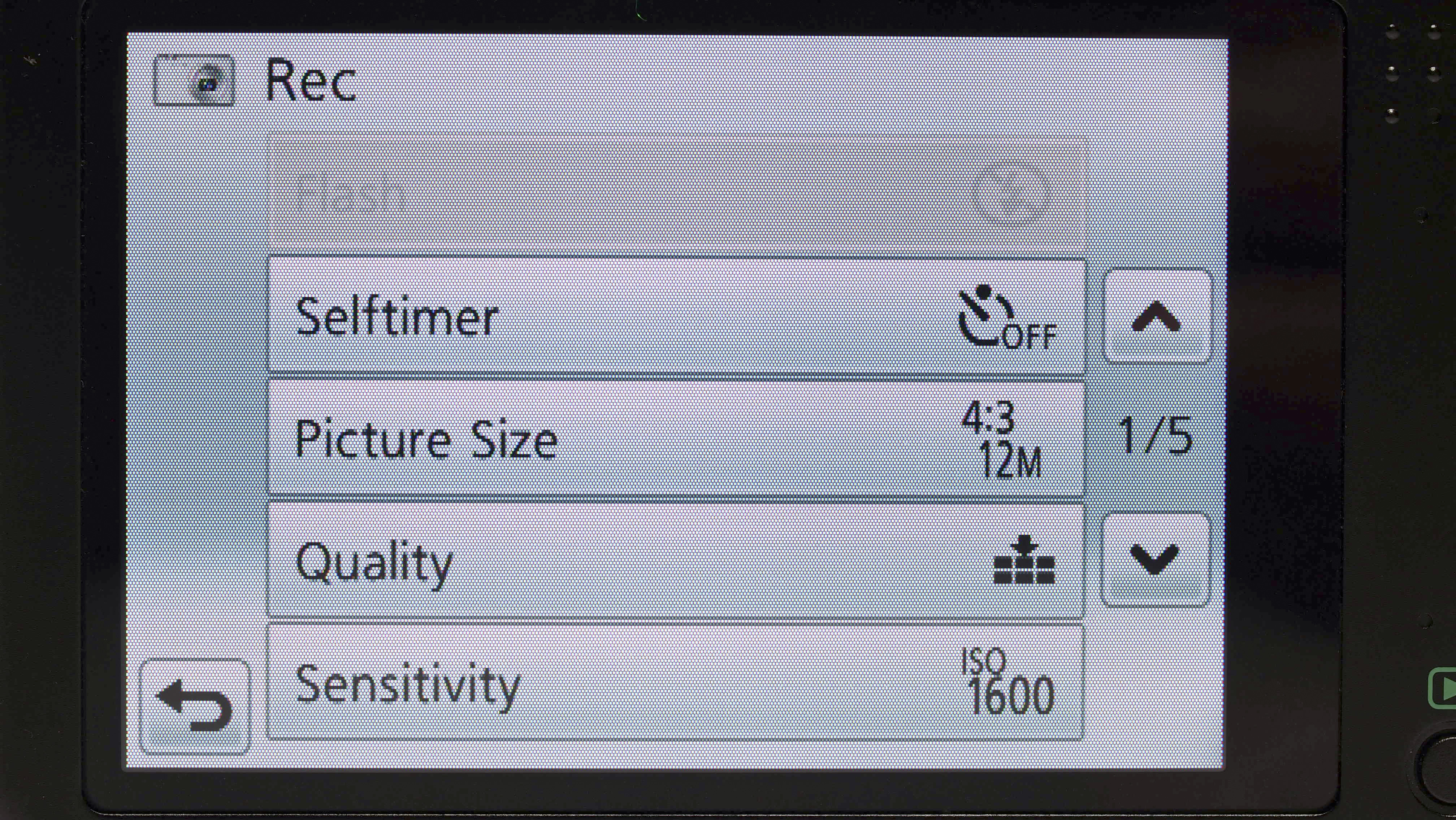
Autofocus speed is average when using both the shutter release button and touch shutter, but accuracy is usually fine.
Like many compact cameras, shots from the Panasonic Lumix FX80 are affected by noise, even at its lowest sensitivity setting. The noise reduction system, however, means that is some smearing of detail and the noise itself is not visible when images are examined at 100%. Even at ISO 1600 image quality is pretty reasonable and many images are of sufficient quality for web use or making small prints.
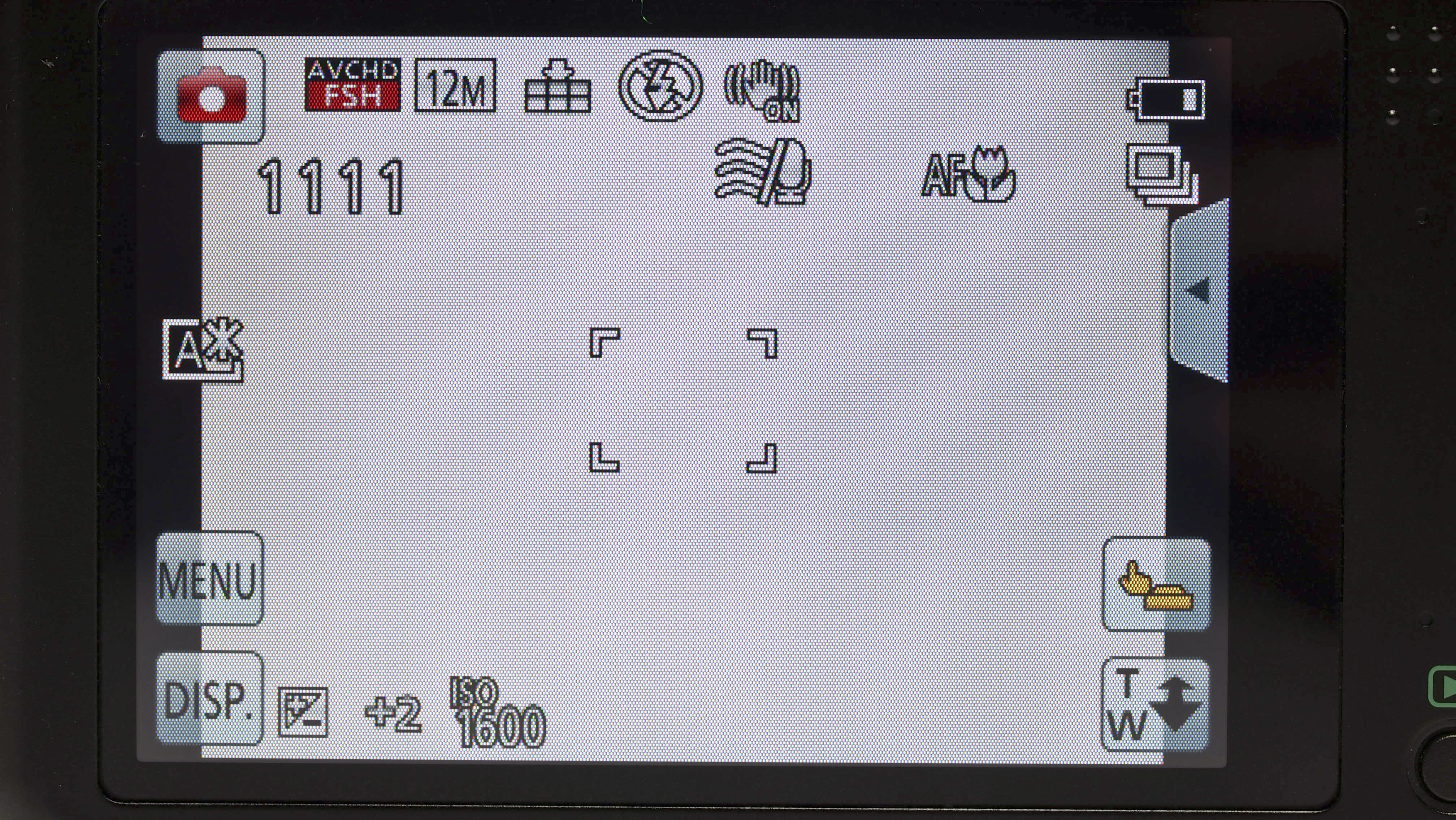
More problematic though is the camera's decision to use high ISO settings, even on daylight shots when the flash was fired. In these cases, noise is very visible.
Due to its very wide angle lens, some distortion is visible in wide angle shots, although distortion is never severe. Ultimate image quality is low at 25mm, but quality seems much better when the lens is more zoomed in. The Leica lens is susceptible to a little fringing too, although this is mostly mild.
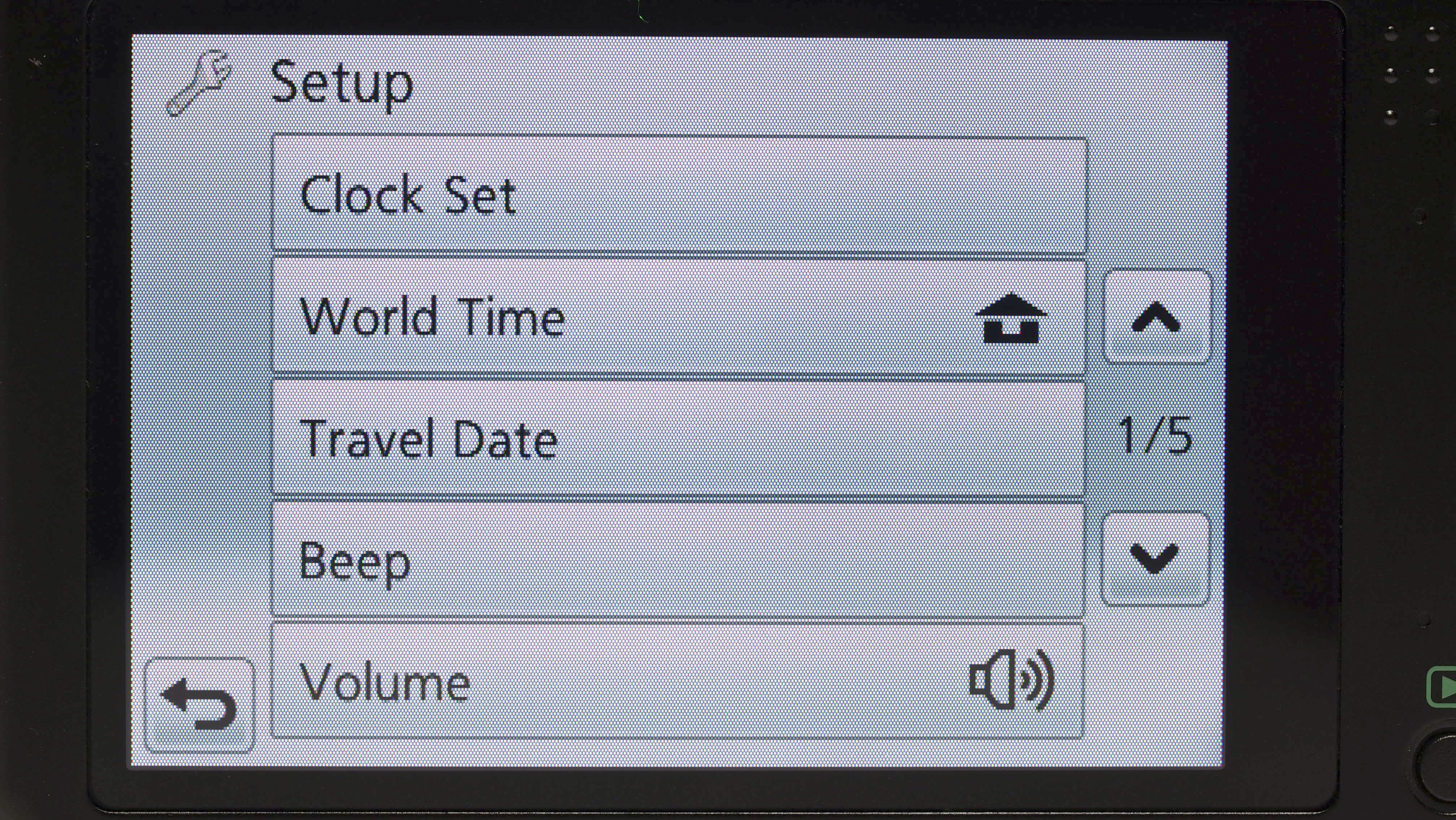
The Panasonic Lumix FX80 puts in a sound video performance with reasonable image quality and good audio, thanks to stereo microphones. The camera also maintains focus well, thanks to its short zoom range.
Battery life is reasonable at around 240 shots, outperforming Panasonic's claim of 210 shots per charge.
